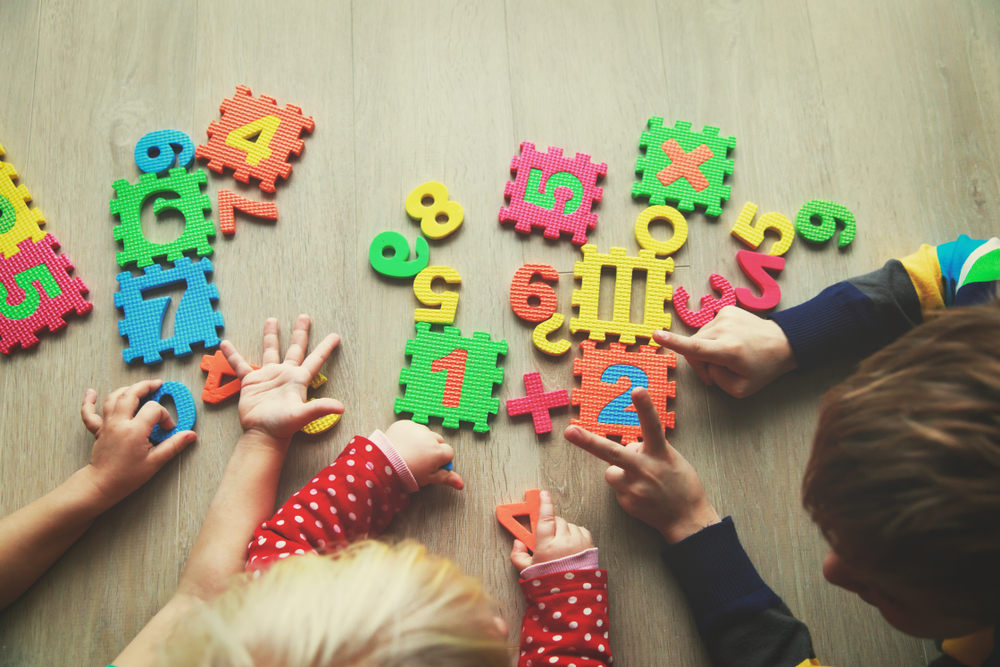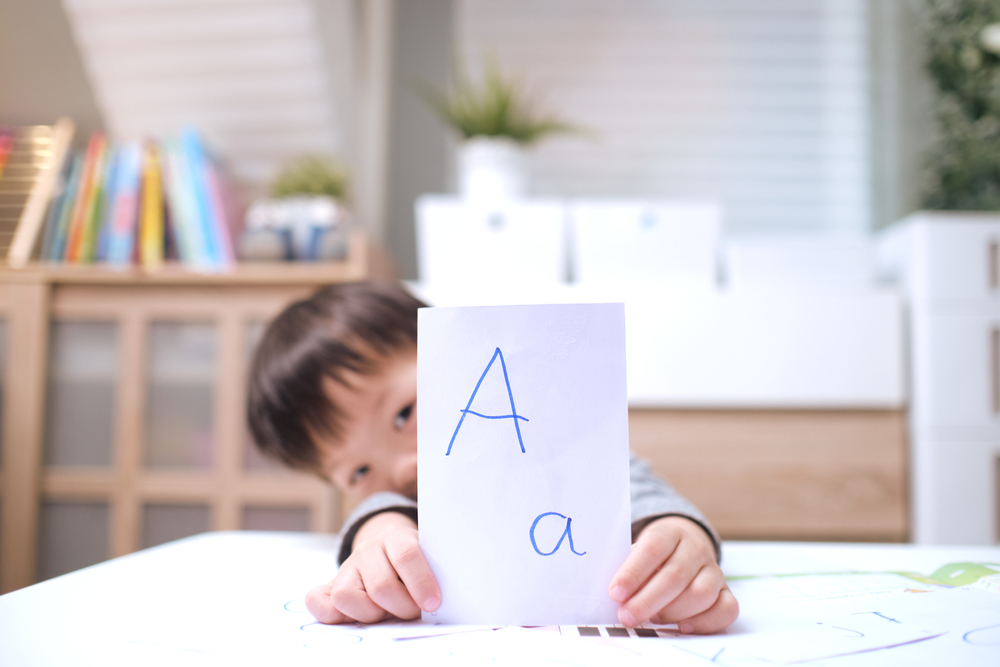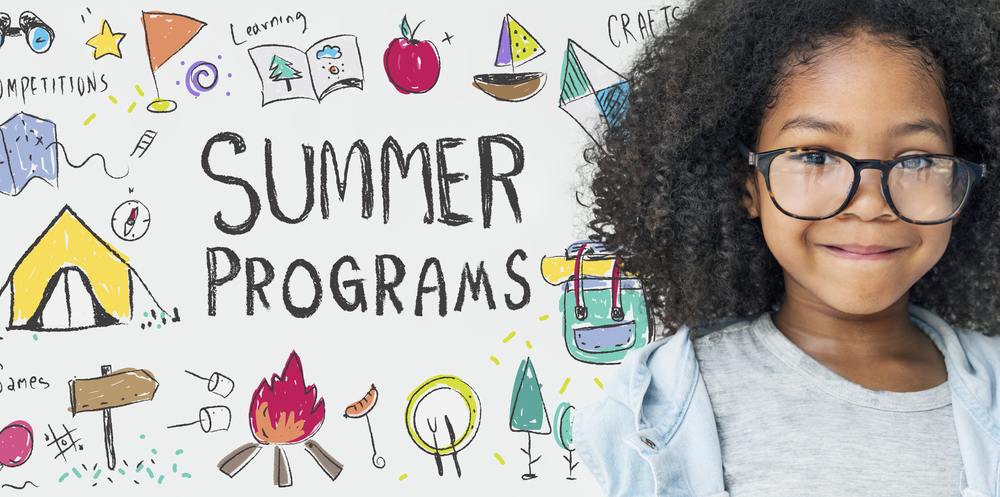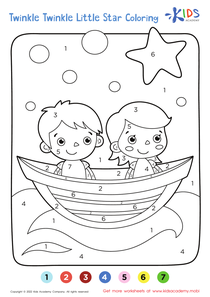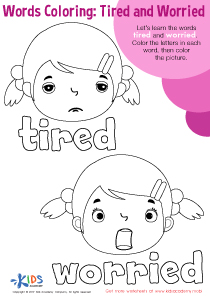Enhancing Reading Comprehension Reading Worksheets for Ages 3-7
9 filtered results
-
From - To
Unlock the joy of reading for children ages 3-7 with our "Enhancing Reading Comprehension" worksheets! Designed to boost literacy skills, these engaging activities encourage young learners to connect with stories and grasp key concepts. Our worksheets feature a variety of formats, including illustrations, multiple-choice questions, and simple prompts that foster critical thinking and comprehension. By nurturing a love for reading through fun and interactive content, we empower children to become confident readers. Ideal for home or classroom use, these resources ensure that your little ones develop the foundational skills they need for academic success. Start their reading adventure today!
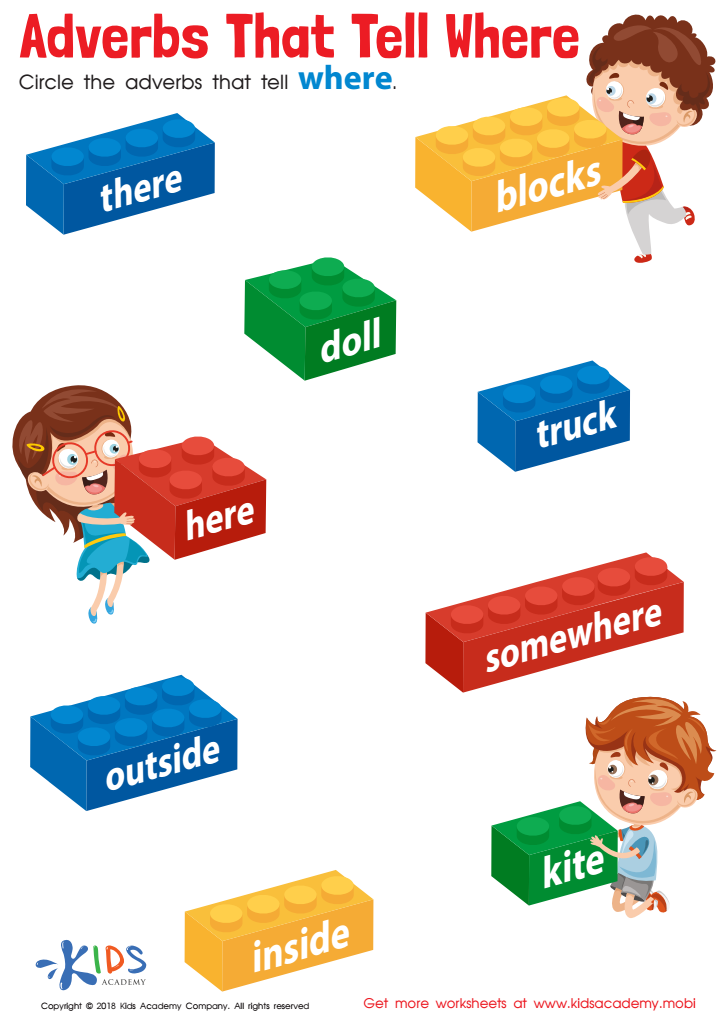

Adverbs That Tell Where Worksheet
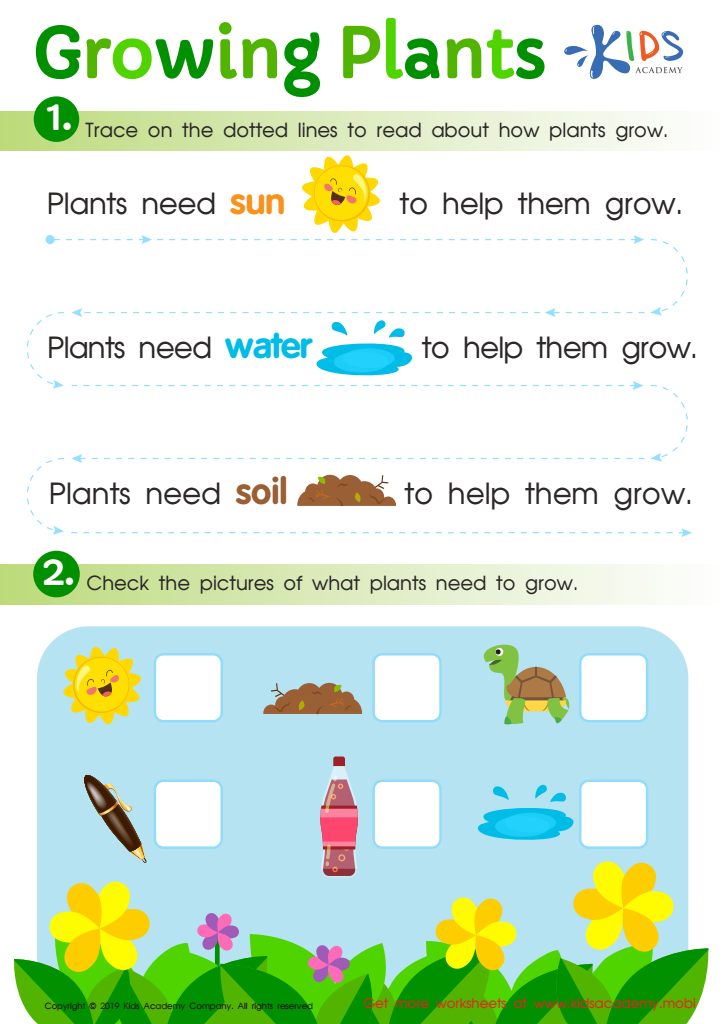

Growing Plants Worksheet
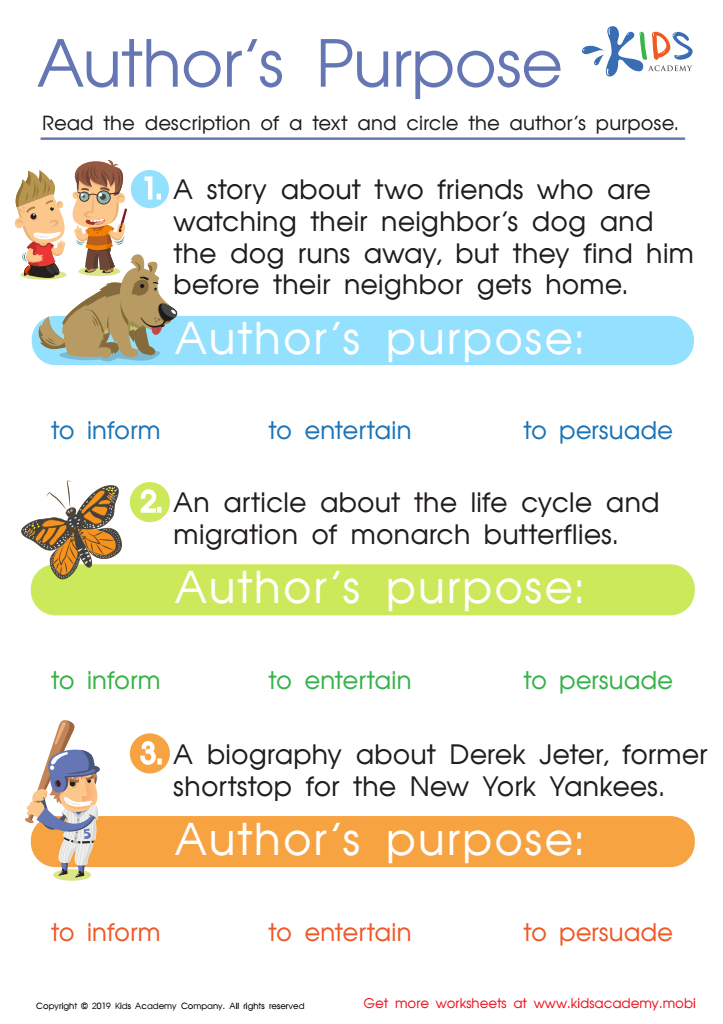

Author's Purpose Worksheet
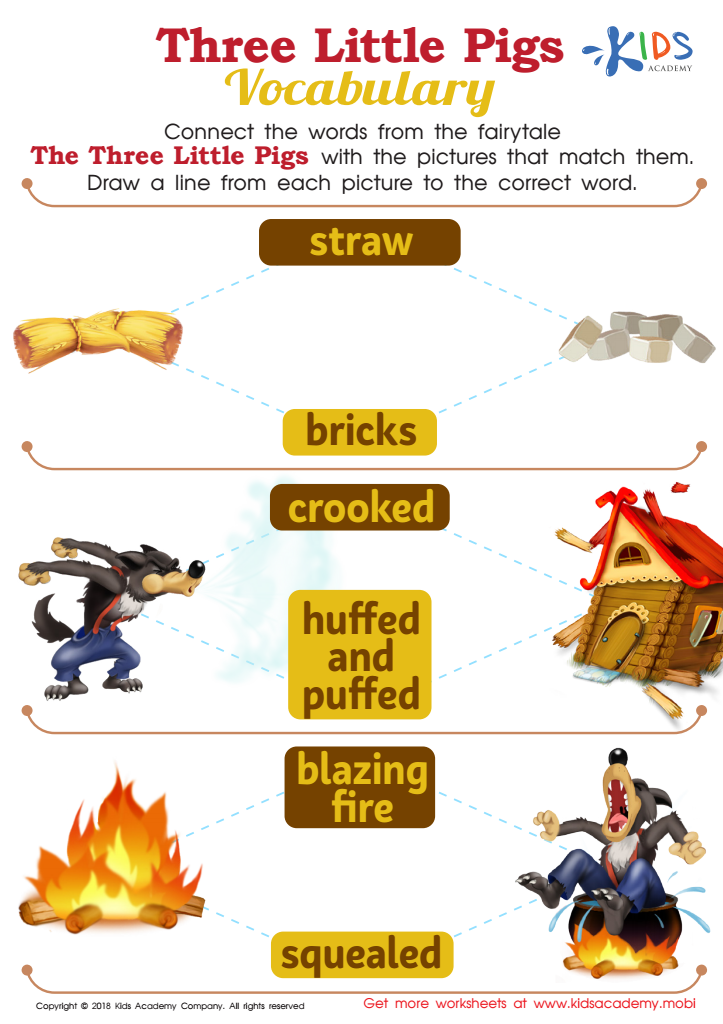

Three Little Pigs Vocabulary Worksheet
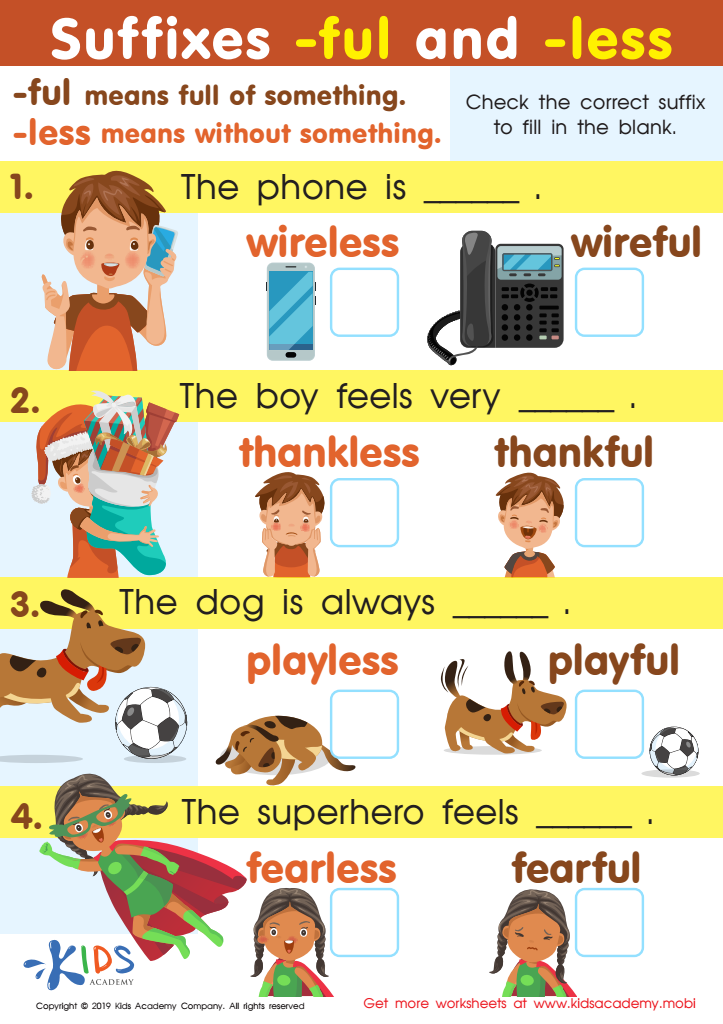

Suffixes –ful and –less Worksheet


Preposition Pencils Worksheet


Story Structure Worksheet
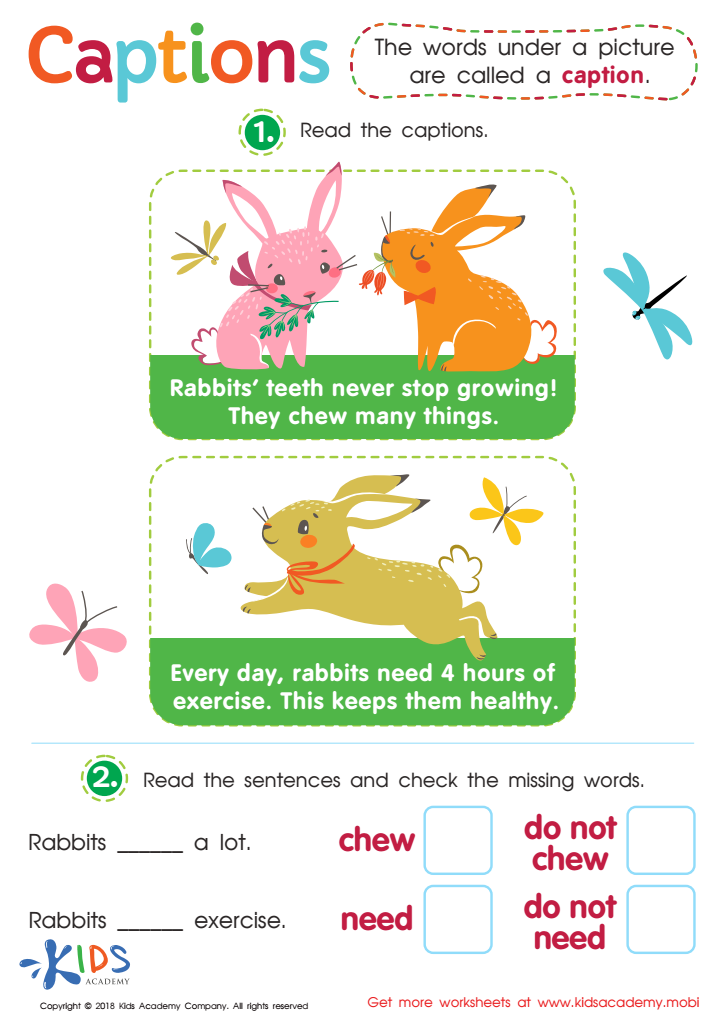

Captions Worksheet
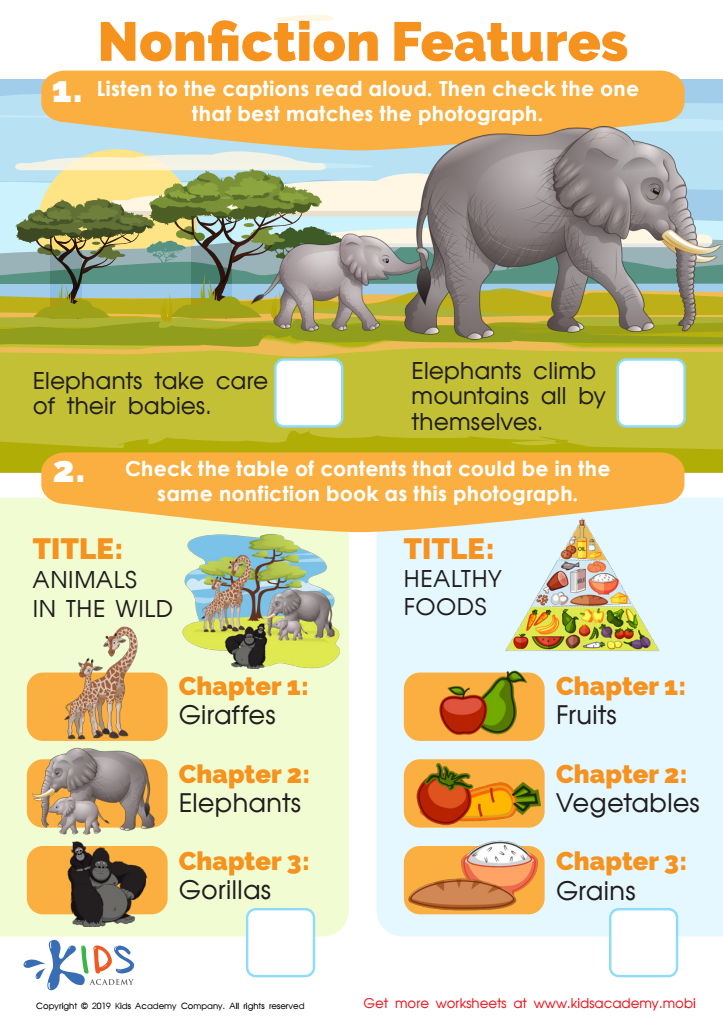

Nonfiction Features Worksheet
Enhancing reading comprehension for children ages 3-7 is vital for their academic and personal development. At this formative stage, children develop critical foundational literacy skills that shape their future learning experiences. Strong reading comprehension directly influences a child’s ability to understand and engage with content across all subjects, laying the groundwork for success in school and beyond.
Improving reading comprehension fosters cognitive skills like critical thinking and analytical reasoning. It enables children to connect with texts, ask questions, and make inferences, helping them become engaged and independent learners. Furthermore, early comprehension skills influence vocabulary development, which is crucial for effective communication.
Parents and teachers can cultivate a love for reading by creating a stimulating and enjoyable reading environment. Engaging in discussions about stories, asking open-ended questions, and connecting narratives to real-life experiences not only aids comprehension but also strengthens the child’s cognitive connections and empathy.
Ultimately, investing in reading comprehension early in a child’s life equips them with essential tools for lifelong learning. By prioritizing these skills, parents and teachers can contribute significantly to a child’s academic success and personal growth, nurturing confident, curious, and capable learners.
 Assign to My Students
Assign to My Students



